Art & Exhibitions
‘It’s Not Just Black History, It’s All of Our History’: How Artists and Curators Are Memorializing Tulsa’s Storied ‘Black Wall Street’
Bloomberg Philanthropies has given Tulsa $1 million for an expansive public art project.
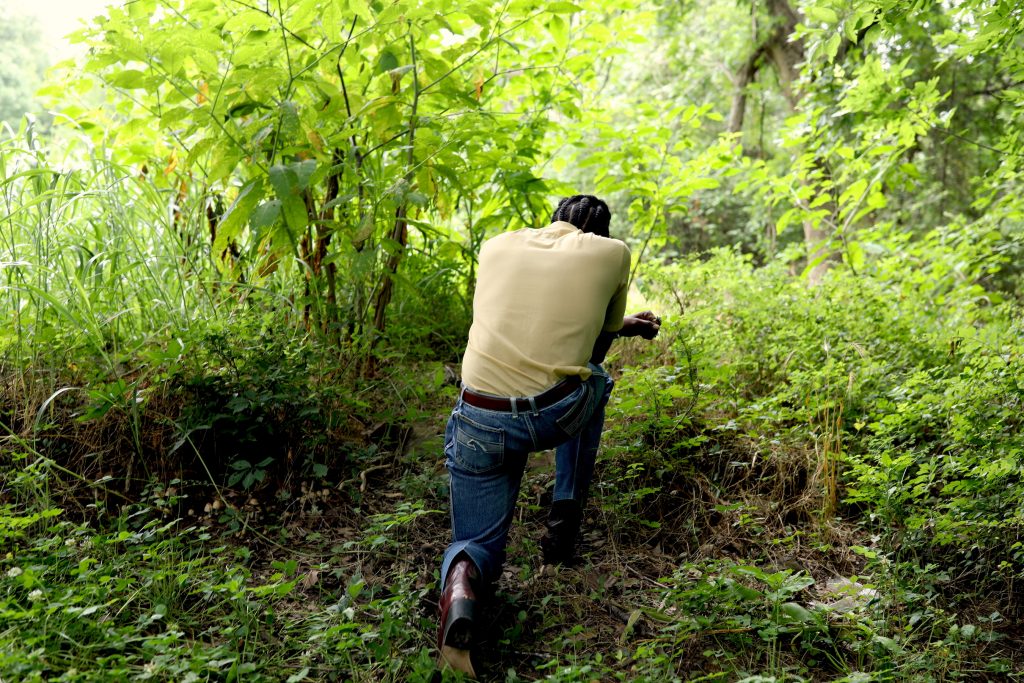
Bloomberg Philanthropies has given Tulsa $1 million for an expansive public art project.

Sarah Cascone

As Americans continue to grapple with the ways in which US history is tinged by racism, the Greenwood neighborhood in Tulsa, Oklahoma, is celebrating its historic Black community on the eve of the 100th anniversary of one of its darkest moments.
In the early 20th century, Greenwood was known as the Black Wall Street, home to a prosperous community of African American landowners. Fueled in part by racist resentment of this financial success, white mobs set 35 city blocks aflame and killed 300 people in the Tulsa Race Massacre of 1921.
Nearly a century later, Greenwood is experiencing a “reawakening,” poet Quraysh Ali Lansana told Artnet News.
An Oklahoma native, he is helping organize an exhibition about the historic Black Wall Street neighborhood, its destruction, and its rebirth for Tulsa’s Philbrook Museum of Art with Tri-City Collective, the Tulsa-, Oklahoma City-, and Chicago-based collective he cofounded.
“It’s important that the nation remember and commemorate what happened here,” Lansana said. “It was the most thriving Black community in the world for a time. Here in Tulsa, Black folks actually owned the land, owned their homes, owned their businesses, they owned their property—it’s important to highlight the Black excellence and entrepreneurship that thrived here in the face of Jim Crow.”
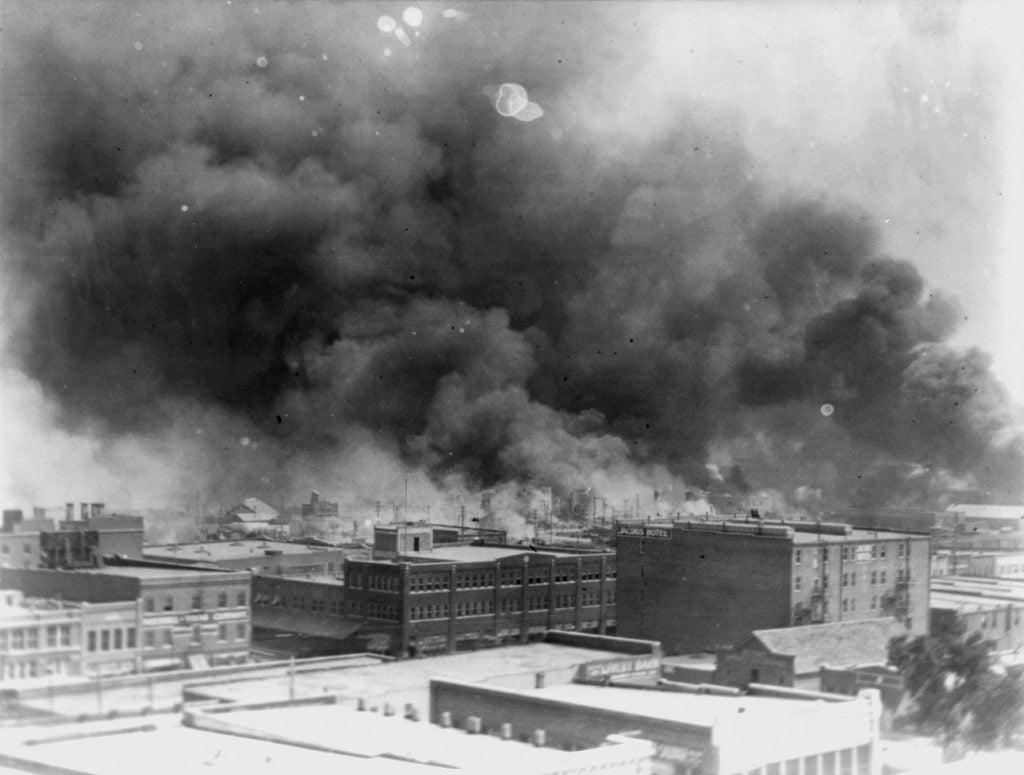
The Greenwood neighborhood on the north side of Tulsa, known as Black Wall Street, set on fire by a white mob in 1921, killing over 300 people. Photo by Alvin C. Krupnick Co. for the Associated Press, courtesy of the Library of Congress.
But it was in part that very excellence that triggered the violence that destroyed so much of what the community had built.
“Tulsa was booming because of oil. There was a great deal of migration of white folks to Tulsa, [who] saw the wealth of Black folks in Tulsa,” Lansana added. “There was a very profound jealousy there, in addition to systemic racism and legislative hatred—that’s what drove the massacre.”
In the historic home of Black Wall Street, the city of Tulsa will stage the Greenwood Art Project, a public exhibition inspired by the history of the massacre featuring the work of 33 Oklahoma-based artists and other creatives, most of whom live in Tulsa.
“These local voices are speaking to issues that are at the core of political thinking in this country at the moment,” the Greenwood Art Project team told Artnet News in an email.
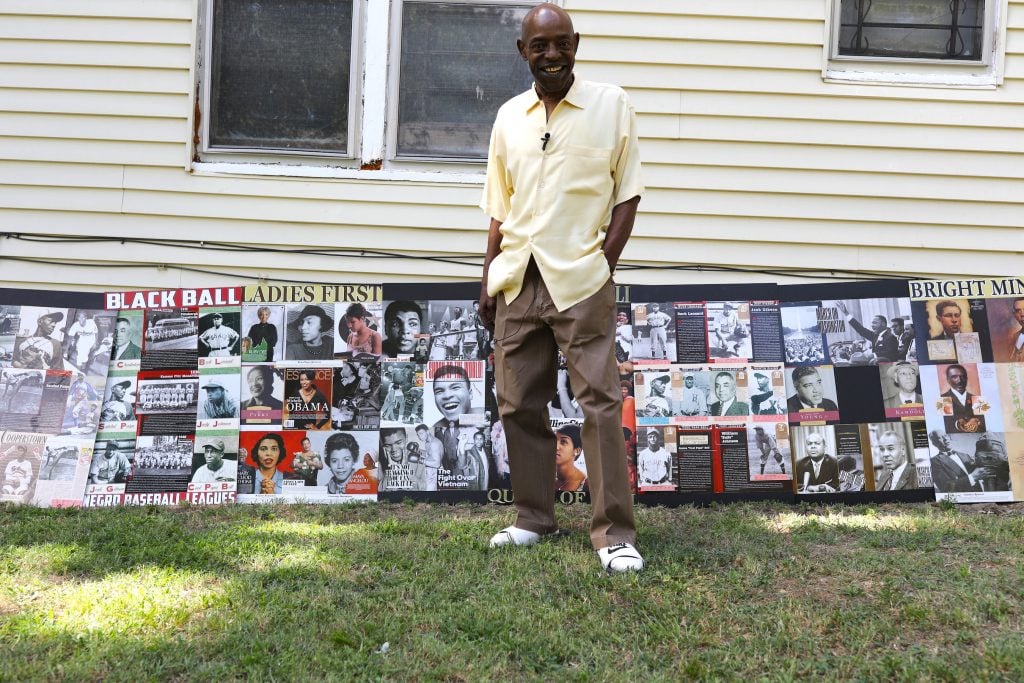
Jimmy Friday, one of the Greenwood Art Project artists, and his work (2020). Photo by M.Hall, courtesy of the Greenwood Art Project.
Tellingly, the massacre wasn’t even a mandatory part of Oklahoma public school curriculums until this year.
“It should have never been buried. If this had been taught as it should have been for the last 100 years, Oklahoma would be a lot further along in race relations,” Lasana said.
“The history of Tulsa’s Black Wall Street is critical to understanding American history,” Sara O’Keeffe, the Philbrook’s associate curator of Modern and contemporary art, said in an email to Artnet News. “It is also very important to represent the community before the massacre, and to recognize those that remained in Greenwood and rebuilt after the massacre.”
Today, the city is home to a thriving art and music scene, including the Greenwood Cultural Center, which is undergoing a $25 million renovation and expansion, set to be completed next year.
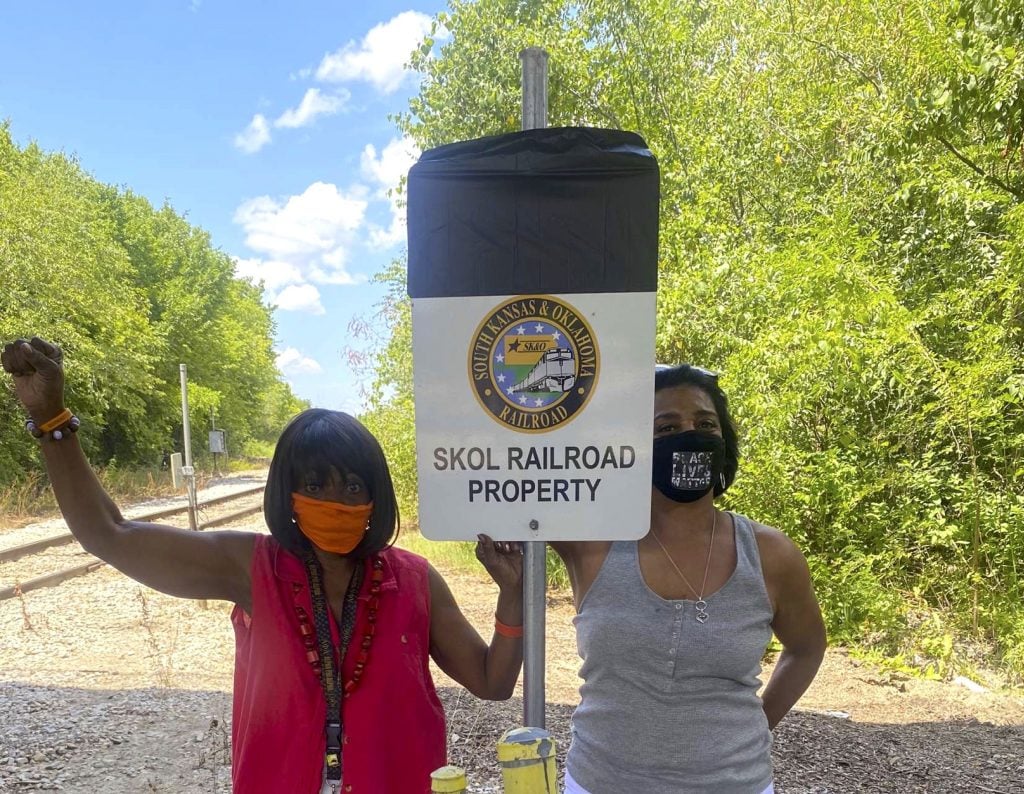
L. Joi McCondichie and Francine M. Lowe, A Century Walk project (2020). Photo courtesy of the artists.
The Greenwood Art Project, which opens next May, grew out of Oklahoma’s Tulsa Race Massacre Commission, started in 2017 by State Senator Kevin Matthews to prepare for the centennial.
The city received one of Bloomberg Philanthropies’ $1 million Public Art Challenge grants, launched in 2014 to fund art projects addressing civic issues in cities with more than 30,000 people.
But even with such a large budget, the Greenwood Art Project, organized by artists Rick Lowe, a MacArthur “Genius” Grant winner, and William Cordova, has eschewed flashy A-list artists that might have lent star power.
Yes, Oklahoma City native Tatyana Fazlalizadeh, the Black and Iranian street artist known for her powerful “Stop Telling Women to Smile” campaign, is taking part, but she is joined by a number of people who might not typically be defined as artists. Beyond visual artists, participants include writers, spoken-word performers, musicians, and dancers.
The project team recognized that “there are local people with the history of the massacre running through their veins,” and that the right support could help less experienced artists share their visions.
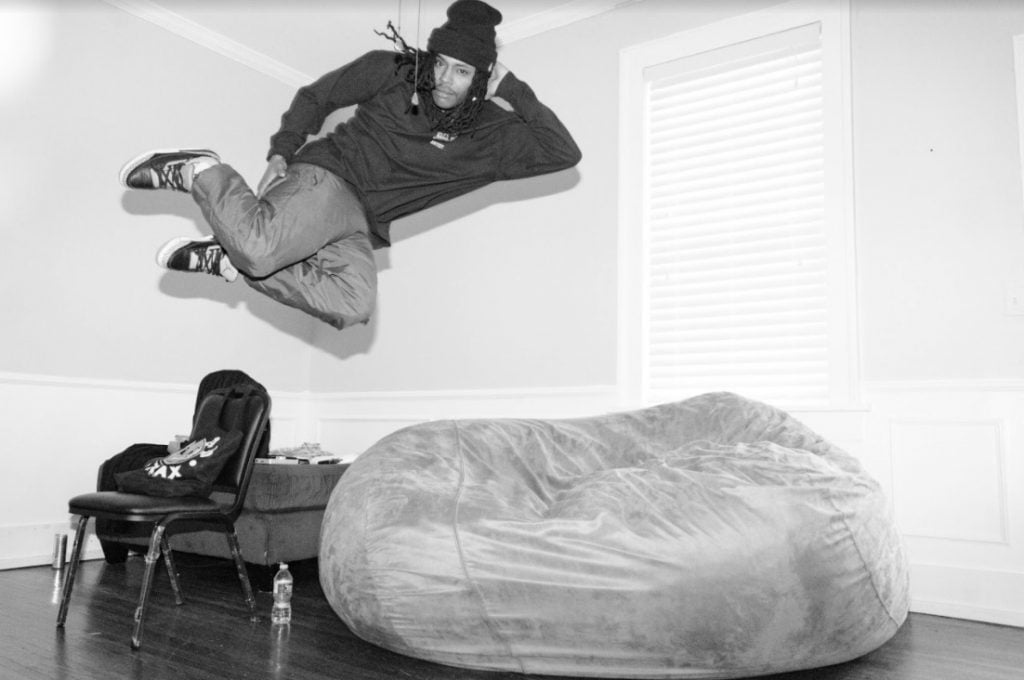
Steve Johnson, Projecting Levetation project (2020). Photo courtesy of the artists.
At the Philbrook, an exhibition titled “From the Limitations of Now,” will featured a gallery based on the chapters of a book that Lansana has been writing about the massacre for the last 15 years.
“The exhibition’s title alludes to a speech renowned author Ralph Ellison gave in 1975 in Oklahoma, his home state, describing the role of literature and the arts in providing fuller visions of liberation and a future world,” O’Keeffe said. “While addressing violence, the exhibition will also point to important ways art allows us to more deeply examine the past and to imagine the world otherwise, picturing a future in which, in the words of Ellison, ‘we are able to free ourselves from the limitations of today.’”
The installation, which opens next spring, will change every few months to cover different aspects of Greenwood history.
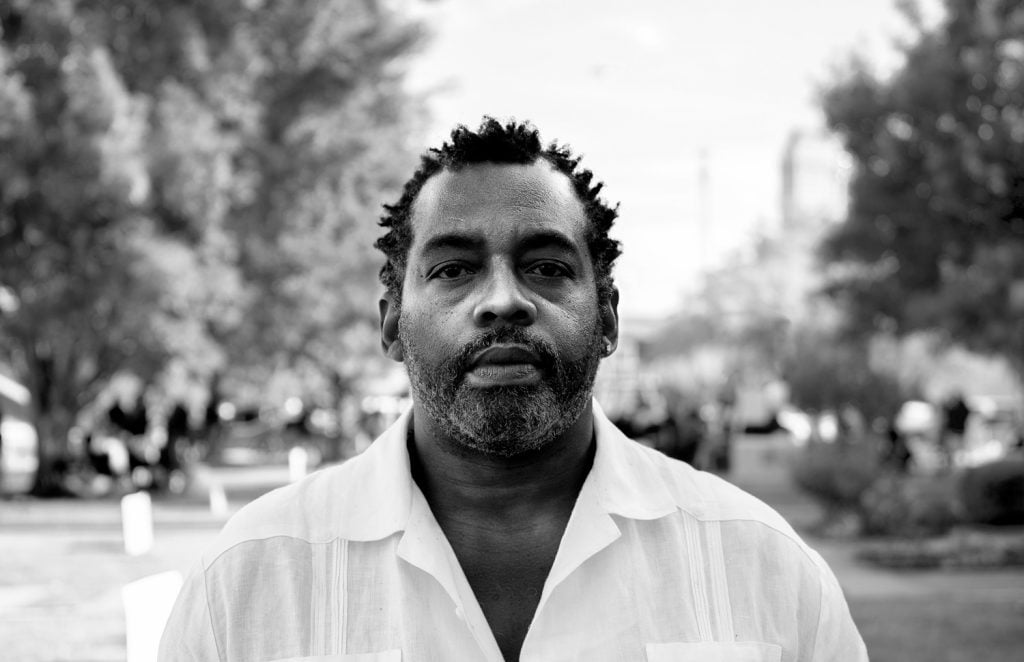
Quraysh Ali Lansana, a Tulsa poet, is writing a book about the history of Black Wall Street. Photo by Thomas Ryan RedCorn.
Lansana is especially interested in partnering with the Philbrook because the museum is on the city’s south side, a wealthy, historically white area that would have been home to some of the white Tuslans that attacked Black Wall Street.
“It will be interesting to pay attention in the coming year to see how many institutions on the South side of Tulsa actually do acknowledge that history,” Lasana said. “It’s not just black history, it’s all of our history.”